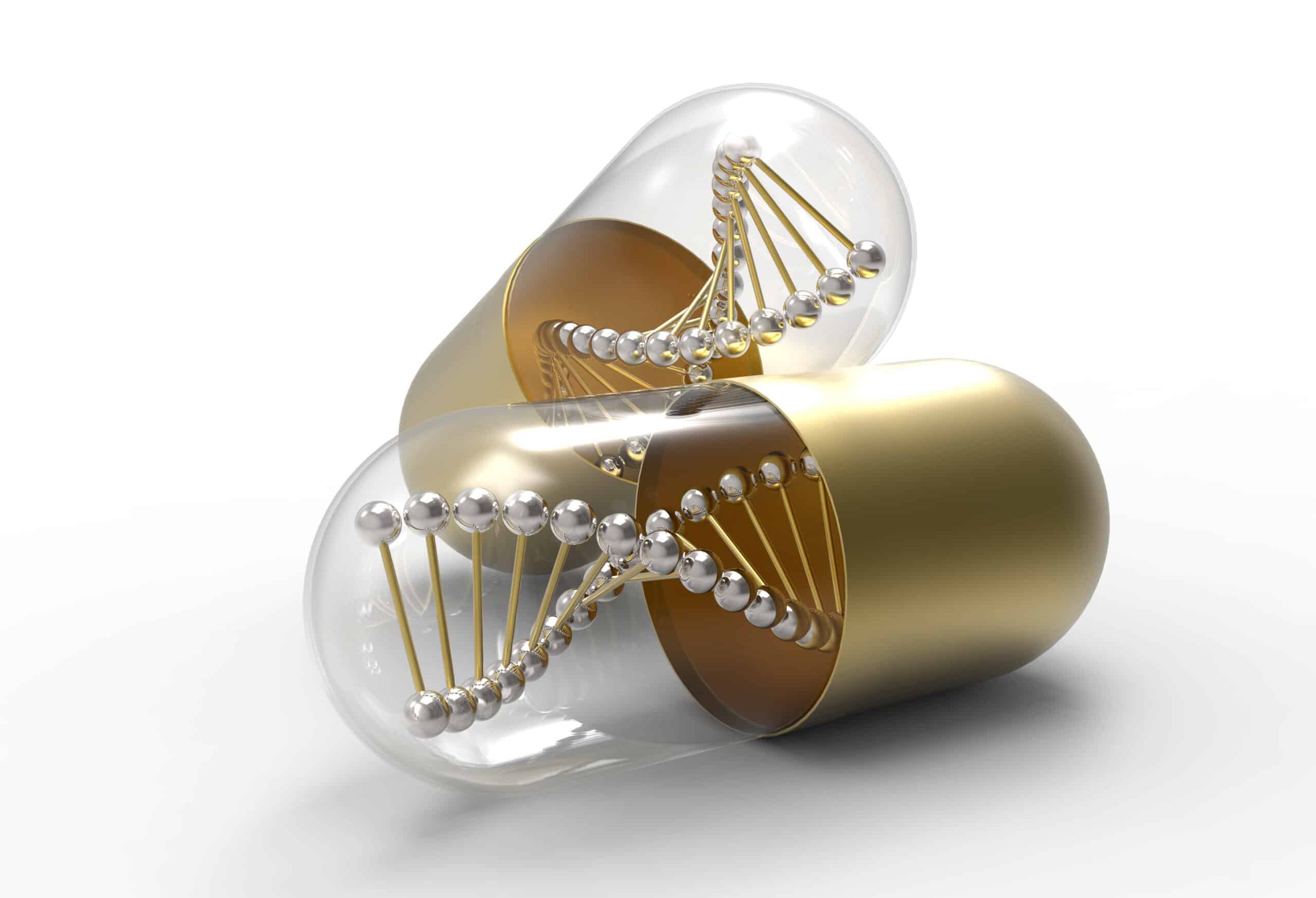A group of scientists from Joslin Diabetes Center have delivered a proof of concept for a novel cell-based therapy against obesity which is the main cause of type 2 diabetes and related chronic illnesses, which together around the globe will kill an alarming amount of people.
This therapy would transplant HUMBLE fat cells and human white fat cells that have been genetically altered to become similar to heat-generating brown fat cells that will burn energy rather than storing it. In this process, brown fat cells can help to lower excessive levels of glucose and lipids in the blood that are linked to metabolic diseases such as diabetes. Those who are overweight or obese tend to have less brown fat, which is a barrier this therapy was designed to help overcome.
The cells were created from human white fat cells in a progenitor stage using a variant of CRISPR Cas9 genome editing technology to boost the expression of the UCPI gene which triggers white fat cell progenitors to develop into brown-like cells. When transplanted into mice lacking an immune system these cells developed into cells that functioned like the animal’s own brown fat cells, according to Yu-Hua Tseng, Ph.D., a Senior Investigator in Joslin’s Section on Integrative Physiology and Metabolism, and professor of medicine at Harvard Medical School.
Transplants of these cells were compared to the original white fat cells in mice who were placed on a high-fat diet; mice with the HUMBLE transplants displayed greater sensitivity to insulin and ability to clear glucose from the blood. Mice with the HUMBLE transplants also put on less weight than mice with transplanted white fat cells, remaining in the same range as those who received brown fat cells.
“Cells in different tissues communicate with each other,” Tseng says. “In this case, we found that our transplanted HUMBLE cells secrete a molecule called nitric oxide, which is carried by red blood cells to the endogenous brown cells and activates those cells.”
In the future should these HUMBLE transplants continue to be effective in clinical research it may be possible to eventually generate this type of cell therapy for humans. This procedure would involve removing a tiny amount of patient white fat cells to isolate the progenitor cells to be modified to boost the expression of UCPI then transplant the resulting HUMBLE cells into the patient. This individualized approach is expected to be complicated and expensive, as such the team is pursuing alternative routes that could be more practical for clinical use.
An alternative may be to use cells that are encapsulated via biomaterial that can protect cells from rejection by the immune system. Another option may be to use gene therapies that directly express the UCPI gene in white fat progenitor cells within the body so that those cells acquire HUMBLE like properties.
“Employing cell-based or gene therapies to treat obesity or type 2 diabetes used to be science fiction,” says Tseng. “Now scientific advances, such as CRISPR gene-editing technologies, will help us to improve the metabolism, the body weight, the quality of life and the overall health of people with obesity and diabetes.”




